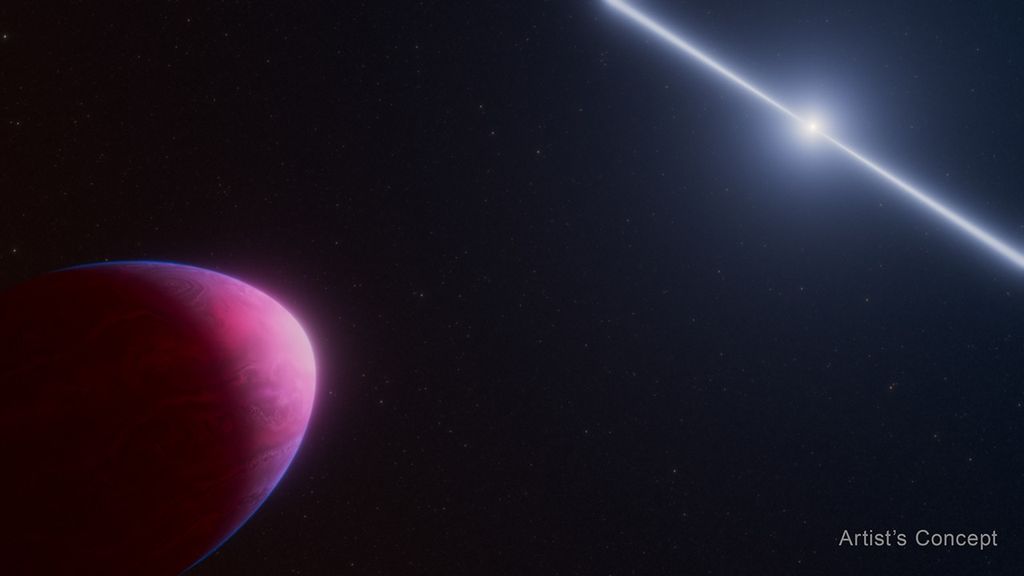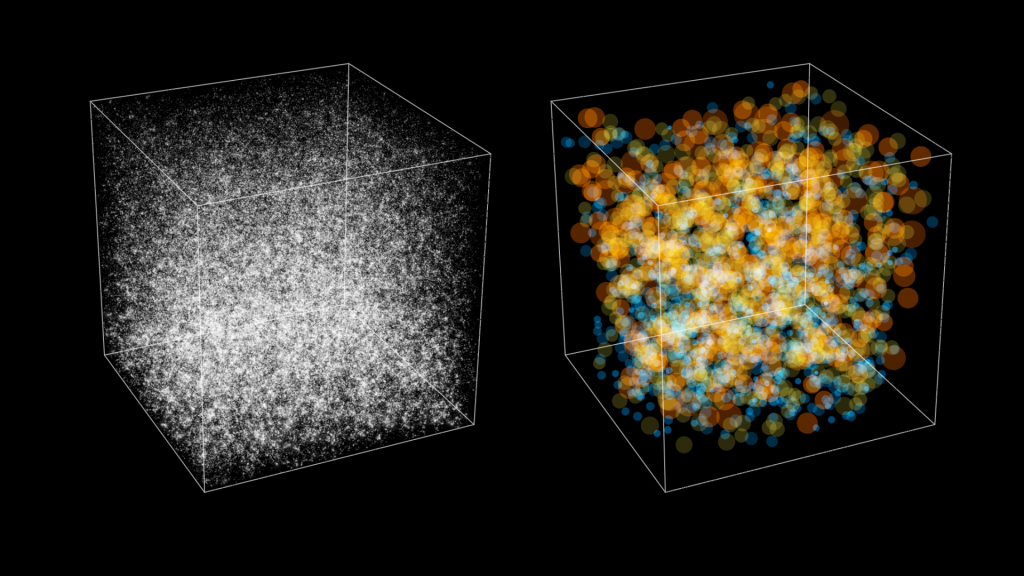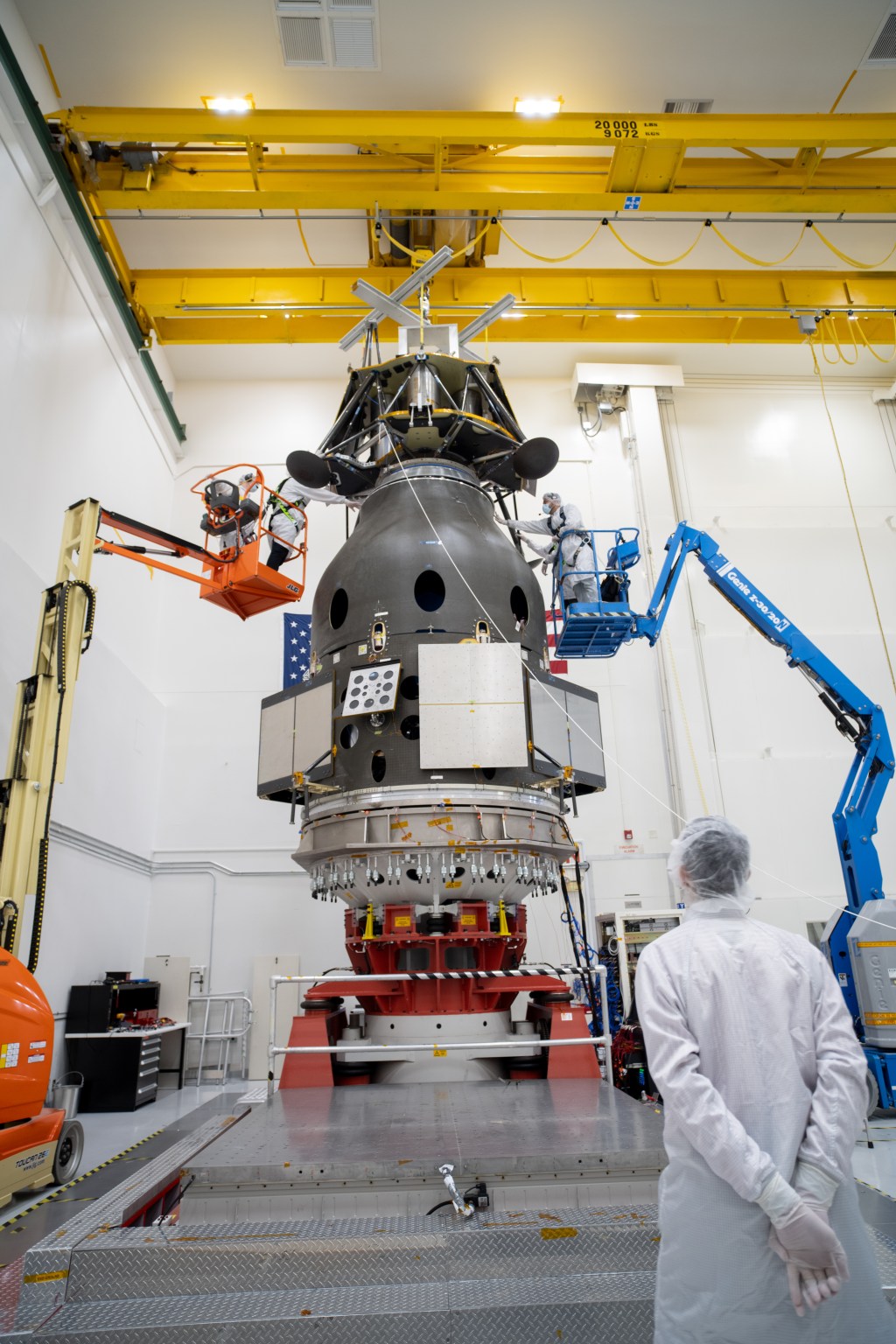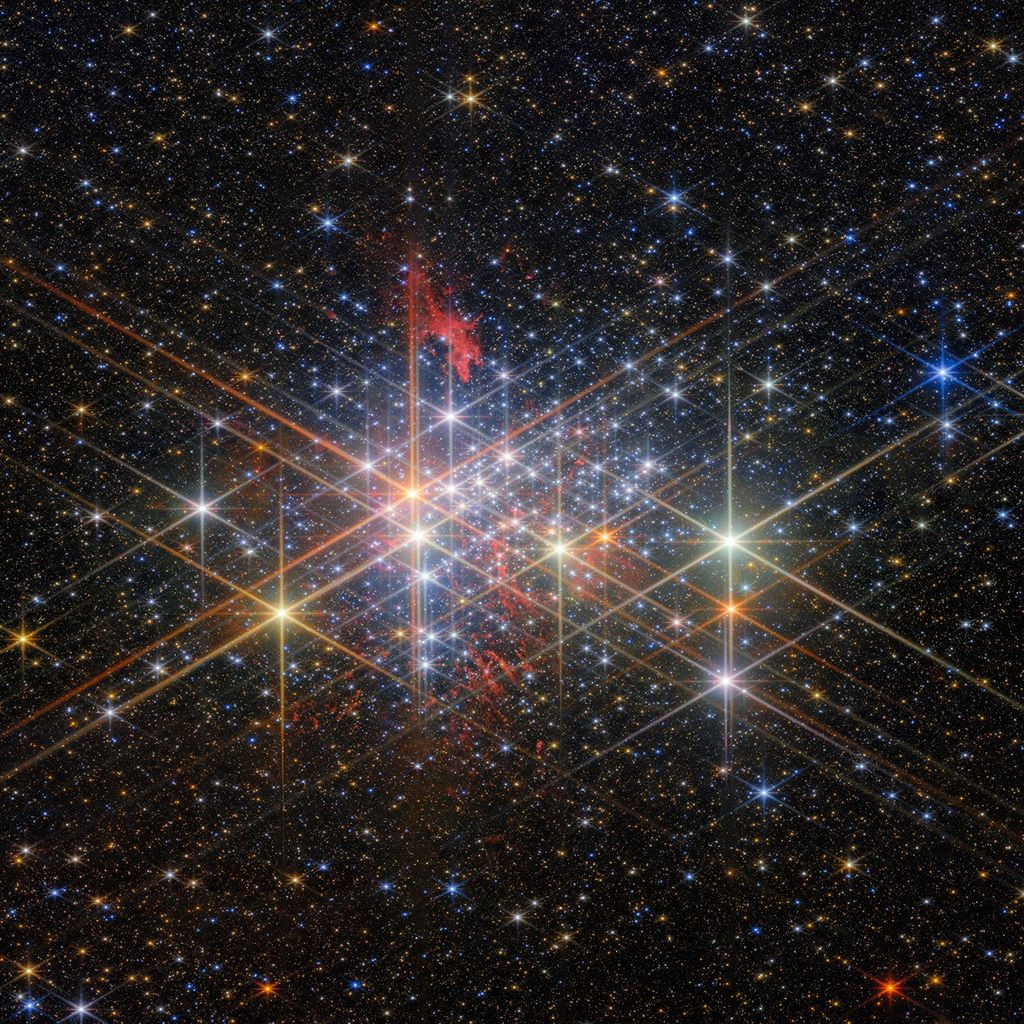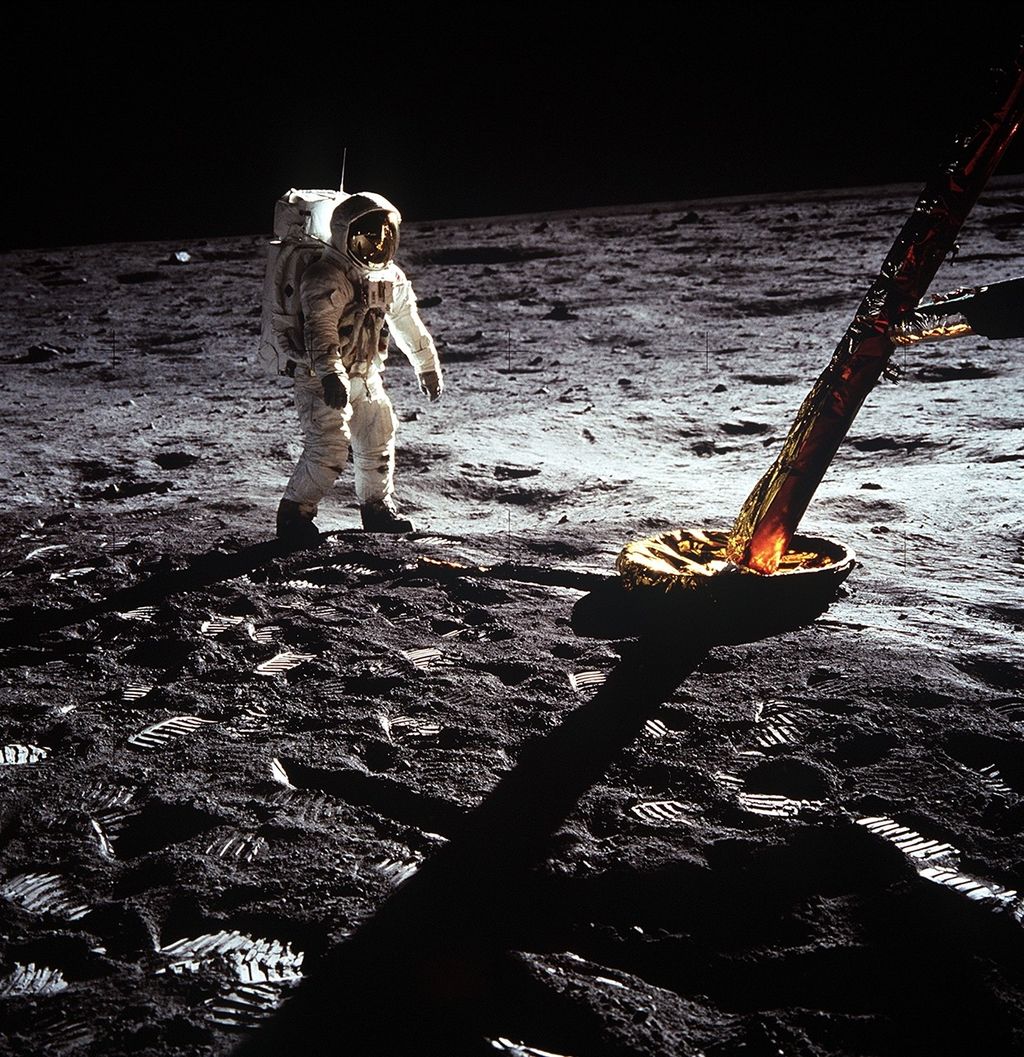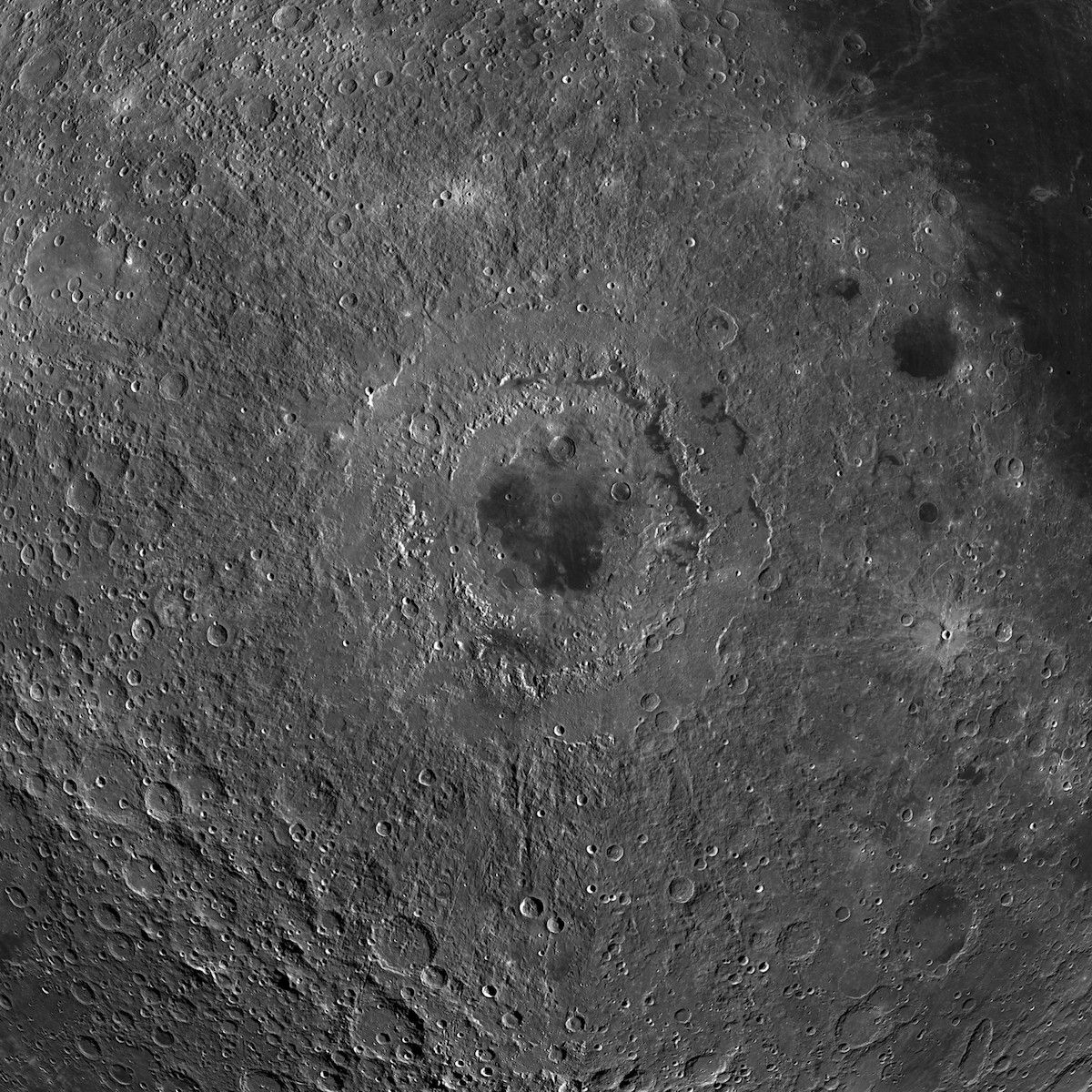The Explosive History of Orientale Basin
Orientale Basin and its multiple rings formed about 3.8 billion years ago, at the end of the conjectured Late Heavy Bombardment. None of the rings are the initial crater itself, which would fall somewhere between the sizes of the two innermost rings. The initial crater would have been obliterated by rebounding of the surface that occurred in the impact, an event that demonstrates the violence of the tremendous impacts that form basins and illustrates how basin rings might form.
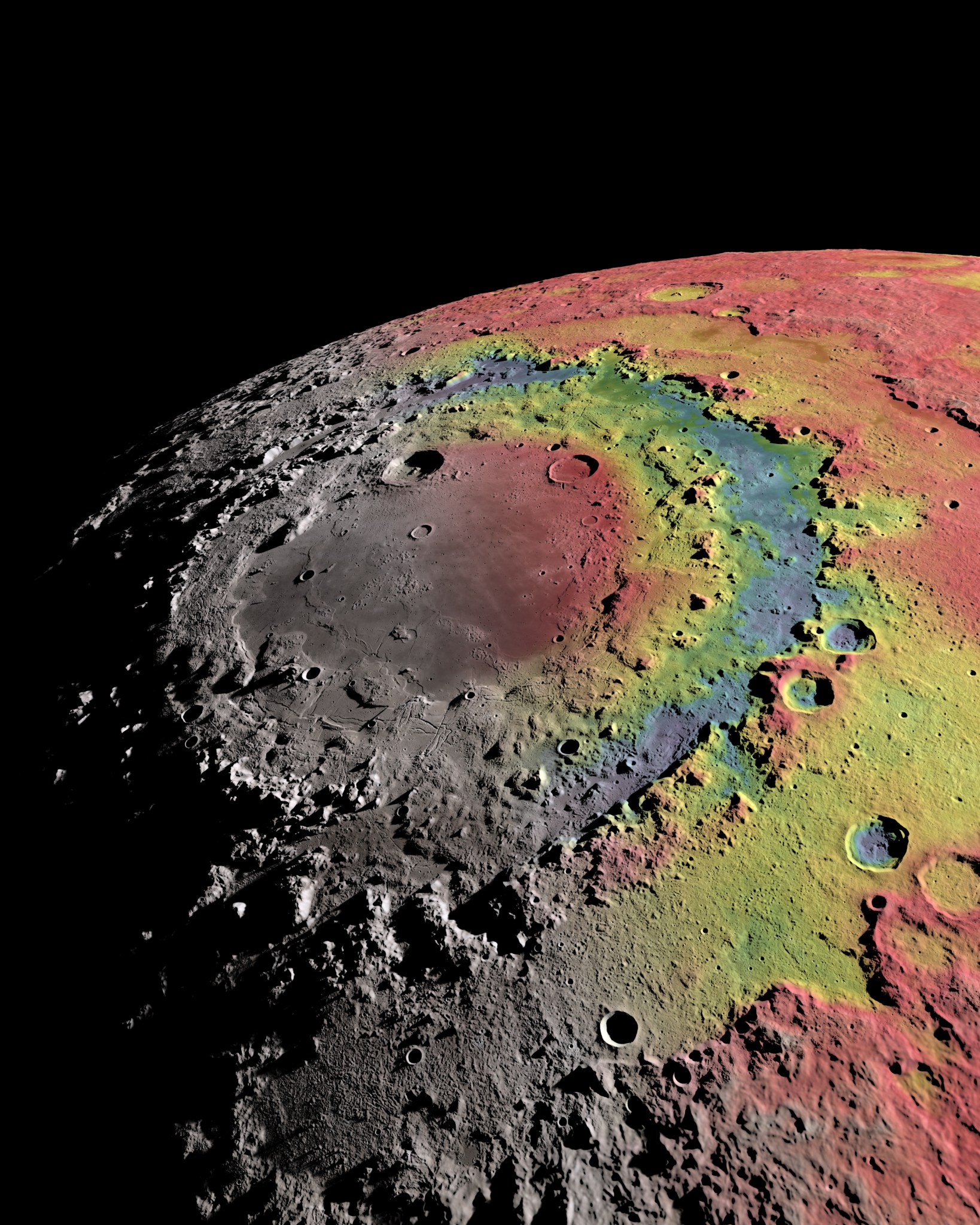
One study theorizes that the basin’s three concentric rings ― the largest three times the width of Massachusetts ― formed when around 816,000 cubic miles (3,401,236 cubic km) of ejecta, or around 135 times the combined volume of the Great Lakes, was blasted into the sky by a 40-mile-wide (64 km) impactor and came crashing back to the Moon’s surface.
The material would have risen like a tidal wave around 62 miles (100 km) above the surface ― more than 11 times the height of Mount Everest ― before collapsing, creating faults so deep they reached through the crust to the mantle. The material then sloshed back and forth for two hours, eventually settling into the two outer rings. Finally, the inner ring would have formed from the collapse of a central peak that was too massive to be stable.
Writer: Tracy Vogel; Science Advisors: Daniel P. Moriarty (University of Maryland at College Park), Natalie M. Curran (NASA's Goddard Space Flight Center)
All About Lunar Craters
Craters are the mark the passing universe leaves on the Moon, a cosmic guestbook. They tell us the history not only of the Moon, but of our solar system.
Learn More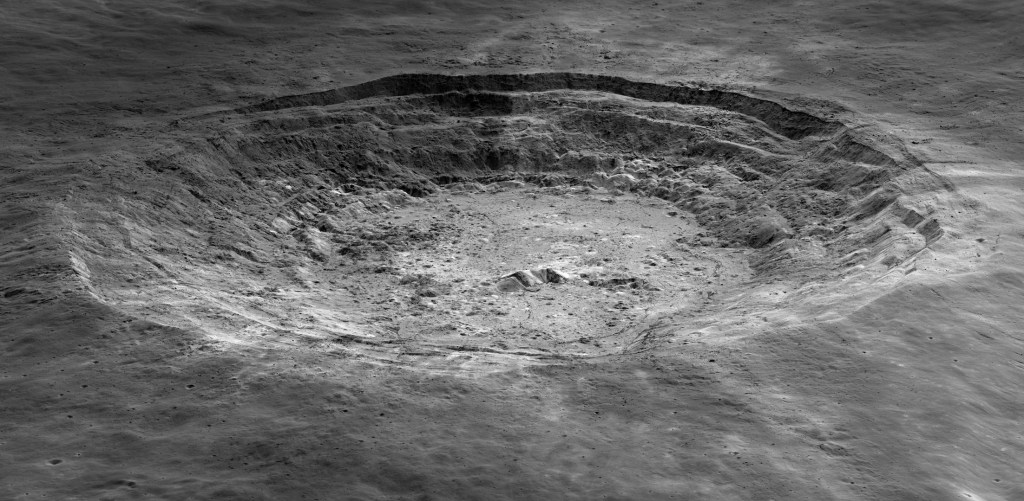
Explore Further
Expand your knowledge about lunar craters.
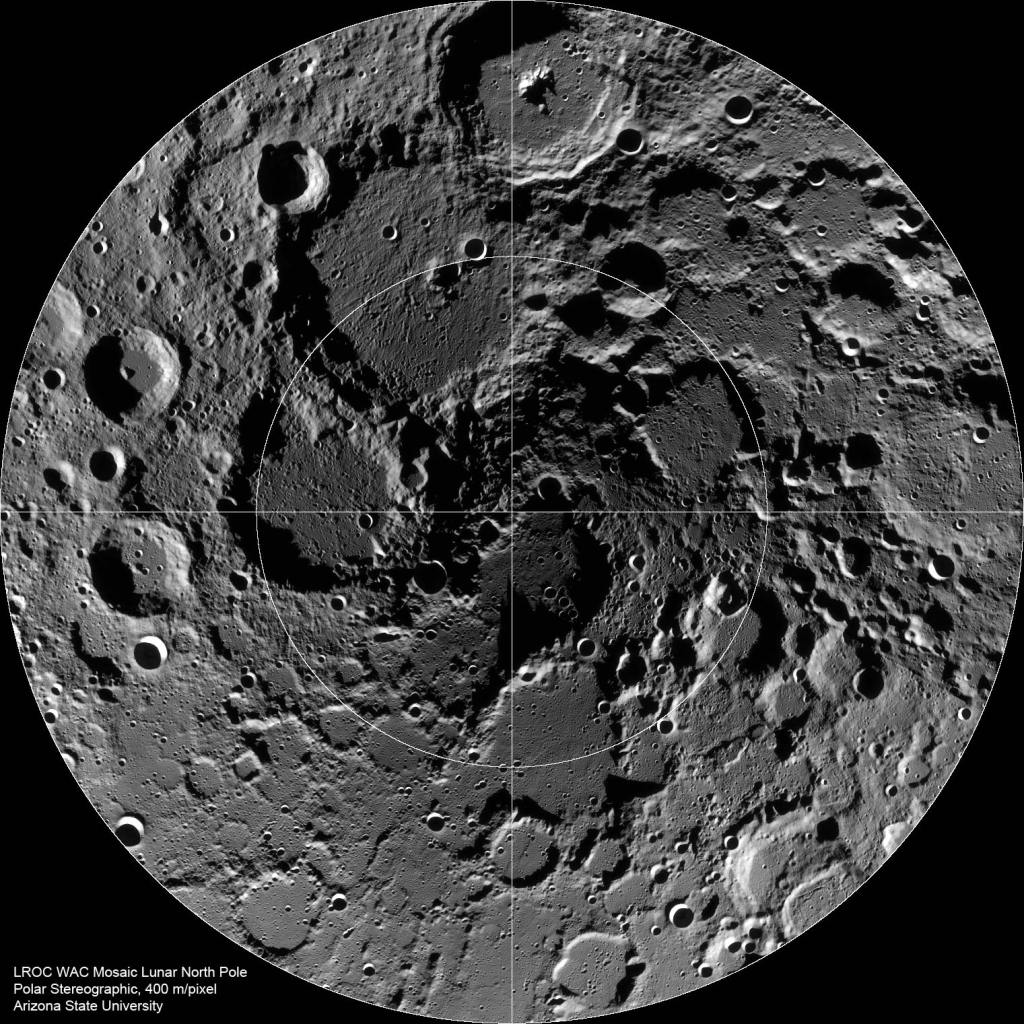
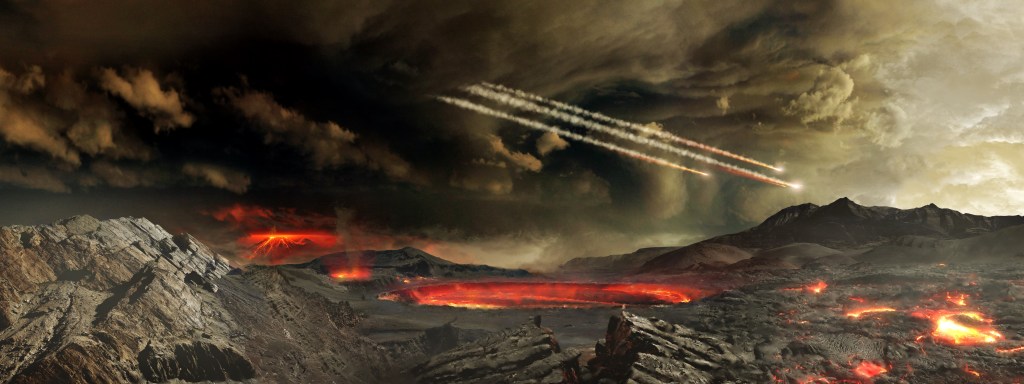
What is the Late Heavy Bombardment?
Lunar craters give scientists a peek into our solar system’s asteroid-pummeled past.
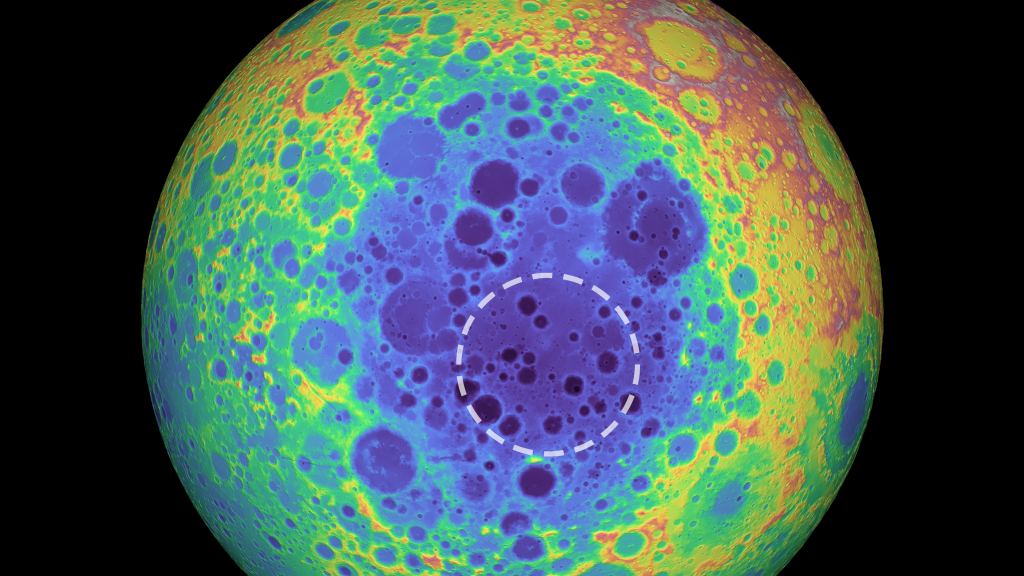
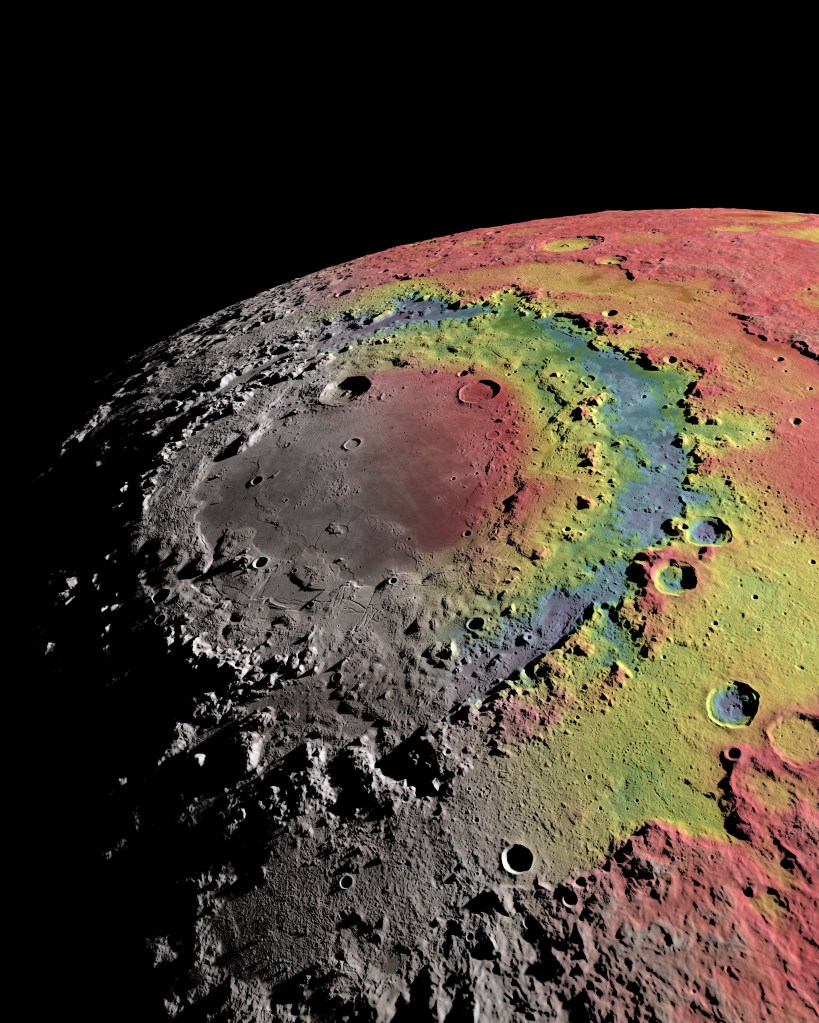
The Explosive History of Orientale Basin
The Moon’s Orientale basin demonstrates the violence of a tremendous lunar impact.


